المشاريع السكنية
Introduction to Fiber-Reinforced Concrete in Residential Developments
Fiber-reinforced concrete (FRC) incorporates various fibers into concrete to improve its structural integrity, durability, and performance. Fiberego utilizes fibers such as polypropylene, polyester, steel, and cellulose, each bringing unique properties that enhance concrete’s performance in residential settings.
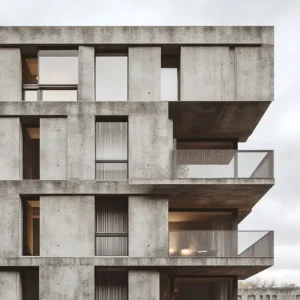

The Role of Fibers in Enhancing Concrete Properties
Types of Fibers and Their Impact
- Polypropylene Fibers: Improve ductility and crack resistance, ideal for residential flooring and patios.
- Polyester Fibers: Enhance tensile strength and durability, suitable for structural components like beams and columns.
- Steel Fibers: Increase load-bearing capacity and seismic resistance, essential for foundations and load-bearing walls.
- Cellulose Fibers: Provide sustainability benefits and improve fire resistance, used in walls and roofing components.
Benefits of Fiber Integration in Concrete
Integrating these fibers into concrete mixes enhances crack resistance, reduces permeability, and extends the lifecycle of residential structures, making homes safer and more durable.
Application of Fiber-Reinforced Concrete in Residential Construction
Foundations and Load-Bearing Structures
FRC enhances the strength and durability of foundations and load-bearing structures, crucial for the long-term stability of residential buildings.
Walls, Partitions, and Roofing
The use of fibers in walls and roofing not only increases the structural integrity but also improves thermal and acoustic insulation properties, enhancing the living environment.
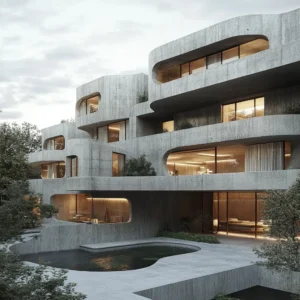
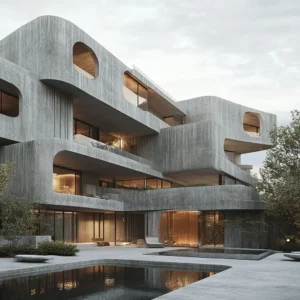
Outdoor Areas and Decorative Features
Polypropylene and polyester fibers are used in concrete for driveways, patios, and decorative features, providing improved resistance to weather conditions and reducing maintenance needs.
Design and Sustainability in Residential Developments
Eco-Friendly Building Practices
Cellulose and other natural fibers contribute to green building certifications and help in creating environmentally sustainable homes.
Innovative Design Possibilities
Fiber-reinforced concrete allows for more flexible designs with enhanced aesthetic appeal, enabling architects to explore new forms and structures without compromising on safety and integrity.
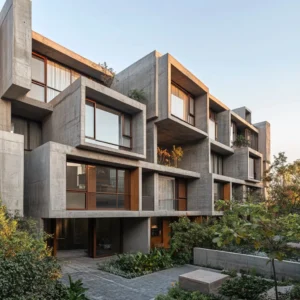
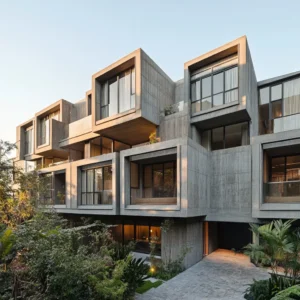
Future Trends in Residential Construction with FRC
Technological Advancements
Ongoing research in fiber technology promises to bring even more robust and versatile fiber solutions that will continue to transform residential construction.
Economic and Social Impact
As building standards evolve, the adoption of FRC is set to grow, driven by its cost-effectiveness and the increasing demand for durable and sustainable residential solutions.
Conclusion: Fiberego’s Impact on the Future of Residential Developments
Fiberego’s commitment to innovation and quality in fiber-reinforced concrete is setting new standards in residential construction. The integration of these fibers into residential projects not only enhances the quality and performance of constructions but also aligns with future trends of sustainability and advanced building technologies.


